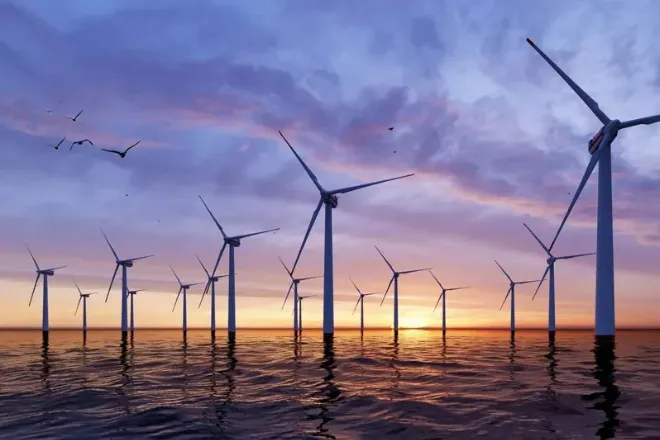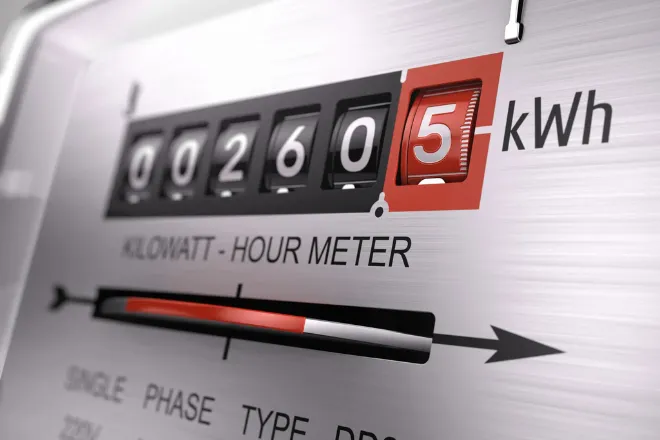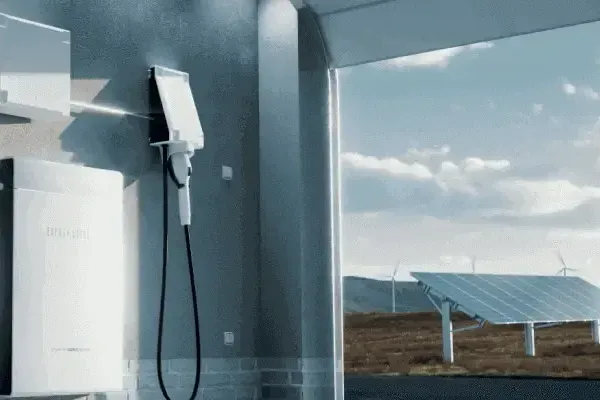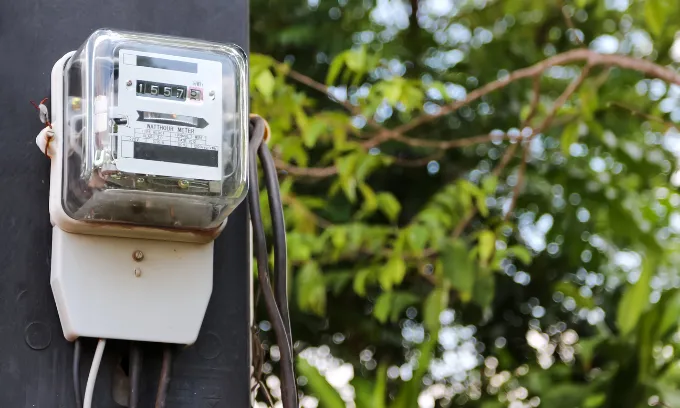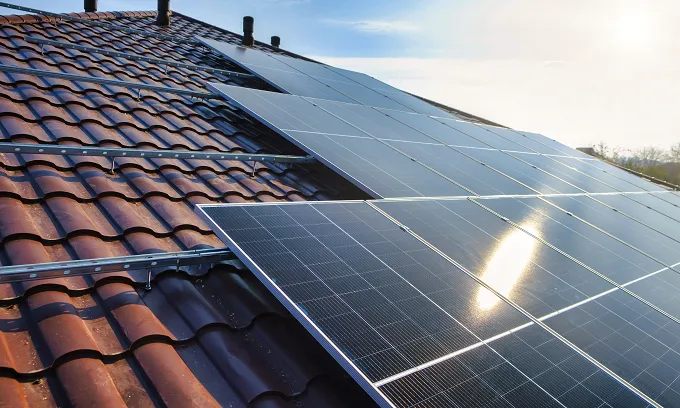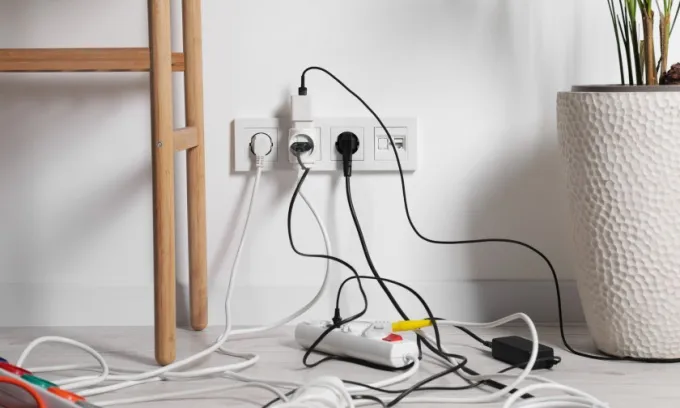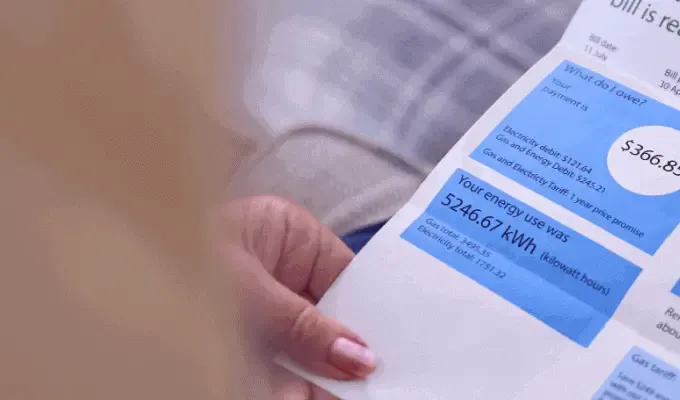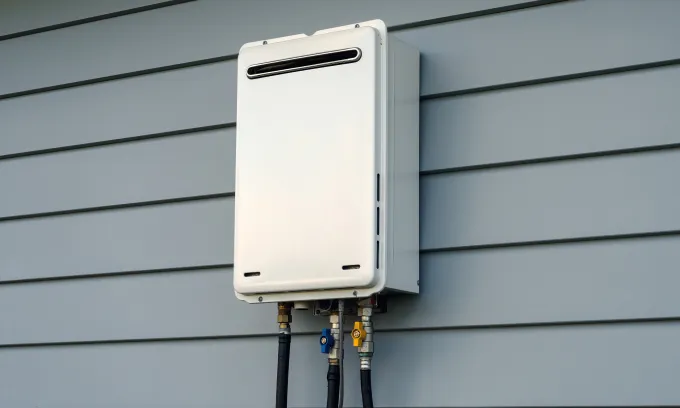Who can change energy providers?
Whether you can change energy providers will depend on the state you live in.
You should be able to switch energy providers in the states below:
Electricity | Gas |
|
|
However, there are things to consider in the remaining states:
Electricity | Gas |
|
|
Why change energy providers?
You want a cheaper energy plan
Switching to a plan with cheaper electricity or gas rates is one of the simplest ways to save on your energy bills.
If you haven’t switched plans in over 12 months, you’re likely on a more expensive standing offer (standing contracts for gas).
A standing offer is the plan providers give you by default if you don’t engage with the energy market. Providers must follow the reference price, which is a regulated price cap for energy.
However, they’re also the highest price a provider is willing to charge you for your energy use. Providers will also offer market offers (market contracts for gas) with cheaper rates and attractive discounts freely set by them.
If you’re on a standing offer, you stand to save hundreds by switching to a cheaper provider and market offer.
You’re moving house
Moving homes is an excellent chance to switch energy providers. Whether you’re moving between or within states, you’ll need to compare energy plans and providers for your new address. That’s because prices, plans and providers may differ at your new address.
Our guide on connecting electricity and gas to a new home explores the moving process more deeply.
You’re installing solar panels
If you’re installing solar panels or moving to a house with an existing solar system, you can sign up for an electricity plan with a solar feed-in tariff (FiT).
A solar FiT is a bill credit for every kilowatt hour (kWh) of excess solar fed back to the grid from your solar panels. Putting your new solar panels to good use can help slash your electricity bills.
If you'd like to learn more about how you could benefit from a solar FiT, feel free to visit our guide on all things solar FiTs.
You’d like to bundle energy with other products
Bundling electricity and gas plans from one provider could entitle you to a ‘dual fuel discount’. A dual fuel discount is an incentive to have one provider service all your energy needs.
Some providers also offer telco options, including home internet and mobile phone services as part of a bundled discount. Bundling your utilities could also be something to consider if you want a simplified bill.
Just be mindful that a bundled discount does not guarantee the most savings. You could save more by having electricity and gas plans from separate providers.
What to look for when changing energy providers
Note: All this information can be found on their energy fact sheets. They can be accessed on our comparison platform, under the ‘Basic Plan Information’ prompt beneath each plan.
Usage charges
The rate you are charged for your actual electricity or gas use. Usage rates are charged in cents per kilowatt hour (kWh) for electricity, or cents per megajoule (MJ) for gas, and can vary significantly between retailers.
If your household uses a high volume of energy, most of your spending will go to your usage charges. A cheaper usage charge will save you more money.
Supply charges
The fixed daily cost for the delivery of electricity or gas to your home, regardless of the volume used. Supply charges vary depending on the energy retailer and where you live.
If your household barely uses any energy, you’ll end up spending more on maintaining a connection to a gas mains or the grid. A plan with cheaper supply charges will reap more savings.
Solar feed-in tariffs (electricity plans only)
A solar FiT is an advertised feature on some plans. The higher the FiT, the higher your bill credit. However, be cautious with generous FiT rates — they may be compensating for higher supply and usage charges.
Customer incentives
Conditional discounts, bill credits, sign-up offers and rewards programs are ways energy providers compete for your business.
Like solar FiTs, make sure these offers aren’t concealing higher usage and supply rates. For non-monetary bonuses (e.g. reward programs), consider if they match your lifestyle needs and wants.
Tariffs
Tariffs refer to the pricing structures that providers use to price their plans. These are some of the more popular tariffs in Australia. Keep in mind that not all of these tariffs will be available in every state.
Tariff name | Description | Do you need a smart meter installed?* |
Single rate | A single rate throughout, regardless of the time of day. | No. |
Block rate | One rate for the first electricity ‘block’ and another for the remainder. | No. |
Flexible pricing (electricity only) | Different rates in peak, off-peak and shoulder periods. | Yes. |
Time of use (ToU) (electricity only) | Different rates in peak and off-peak periods. Rates are most expensive during peak hours and cheapest during off-peak hours. | Yes, or a separate controlled load meter installed instead. If you don’t have either, please contact your region’s distributor for one. |
Demand (electricity only) | Supply and usage charges plus a ‘demand’ charge. | Yes. |
Controlled load (CL) (electricity only) | Power-intensive appliances (e.g. hot water systems) are metered separately. | Yes. |
*If you have a smart meter or power usage monitor installed, you’ll be able to monitor the hours you use the most electricity in real-time. Mapping out your energy use will help you choose a tariff that’s best for reducing your power bills.
Fixed or variable rates
Most energy plans have variable rates. This means that your provider can change your rates at any time, provided they give a few working days written notice. There are fixed rate plan options out there, but they are quite rare and their rates can be slightly more expensive.
Hidden fees
Hidden fees for connection, disconnection and exiting a contract with an energy provider. These fees are typically found on an energy plan’s energy fact sheet.
Contract length
If you’re signing up for a market offer, it’ll have a specified contract length. That means its advertised rates and discounts will eventually expire.
Rebates and concessions
If you are a concession card holder, you may be eligible for certain energy rebates and/or concessions. Speak with the energy provider you are switching to discuss your options.
Other non-price related factors
- Customer service: Customer service can make or break a company for some customers. You also need to consider what is important to you when comparing energy providers. This might be 24/7 online access to your account or if it’s an Australian-owned company.
- Billing cycle: Most providers typically bill their customers in quarterly cycles, although some providers also offer flexible billing options (e.g. monthly billing cycles).
- Payment options: Check if each provider allows you to pay bills with your preferred payment method (e.g. credit card, direct debit, BPAY).
How to change energy providers
Note: Some energy retailers may handle the switching process differently.
1. Make sure you are eligible to change providers
While most people can easily switch who they purchase electricity or gas from, there are a few exceptions.
For electricity
- Embedded networks: People living in apartment buildings, caravan parks or retirement villages may be a part of an embedded network. In each network, a site owner bulk purchases electricity from a provider to resell it to residents in a defined area. While embedded network customers can switch electricity providers, some providers may refuse to sell them electricity and switching typically takes longer. If you are unsure if you are living in an embedded network, speak to your body corporate or site manager.
- You don’t directly pay your electricity bill: If your electricity usage is included in your rent and your landlord’s name is on the bills, you might struggle to switch electricity providers. If this is the case, it should be stated on your lease or rental agreement. Chat to your landlord to discuss your options for your electricity usage.
For gas
- The availability of natural gas will depend on a home’s location and whether or not the area is serviced by the gas mains. If you’re living in a regional area, you may not have the option to change suppliers.
- If your house is on a mains gas network but does not have the necessary pipes set up, you may be able to organise this with your retailer, which could take three to five days (or longer if you don’t yet have a gas meter installed).
- If your home isn’t closely situated to a gas mains, LPG is a popular alternative. Do note that gas appliances cannot be powered by LPG.
2. Grab your recent bill and consider your electricity needs
For electricity
Your power bill reveals a lot about your electricity usage, such as your running electricity use and how it compares to homes in your area.
Customers who have a smart meter or electricity usage monitor installed will be able to monitor their real-time usage. This will reveal your exact energy habits, where and when your household uses the most electricity.
By understanding your usage requirements, you can better identify which energy deals are best suited to your household. The hours you use electricity will also guide your choice of tariff:
- If you use more electricity during peak periods, a single rate tariff will be cheaper than a time of use tariff.
- If you use less electricity during peak hours, a time of use, demand or flexible tariff will be cheaper than a single rate tariff.
- If you have a power-intensive appliance (e.g. pool pump), a CL tariff can save you more money if you’re willing to shorten its operating hours.
For gas
Do you know your gas consumption habits? Do you use your water heater or space heater often? Are there certain times of day when you’re consuming more gas? What is your average annual usage?
Your bill will be able to tell you a lot of information about your usage and help give you an idea of what plans might suit you.
By understanding your household's total gas use, you can better identify the best plan for your household:
- If your home uses little gas, a single rate tariff and lower supply charges will save you more money.
- If your home uses a lot of gas, a block rate tariff and lower usage charges are more affordable.
3. Check out your current plan for any exit fees
There may be hidden exit fees connected to your energy plan. This information will be listed in the fine print of your contract or relevant product information documents.
Search for costs like termination fees, disconnection fees, move-out meter read fees and anything else that may apply to the switching process.
4. Shop around for a new electricity plan
Using Canstar’s energy comparison network, you can see all plans available in your area on our database and find a plan that suits you.
You can also filter the results of your search to match your needs:
- Bill details
- Billing periods
The results will provide you with an estimated annual cost and easy access to a plan’s fact sheet (under the basic plan information prompt).
Research each energy plan’s features in relation to your actual electricity use.
5. Choose your plan and switch
Once you’ve picked your new plan, follow the link on our tool if available, or head to the energy provider’s site separately.
You can complete the sign-up process online or by phone. Here are a few things to keep in mind when signing up for your new plan:
For electricity
- Your National Meter Identifier (NMI): Your new provider will need your NMI to find your electricity meter and organise your billing. This number can be found on the top of your electricity bill or on the meter itself.
- Credit check: Your new provider may request a credit check before approving your plan.
- No need to contact your old provider: You do not need to notify your old provider that you are switching plans. Your new provider will take care of this for you.
- Cooling-off period: There is typically a 10-day cooling-off period for all contracts. This allows you to fully understand your new plan and cancel without any consequences.
For gas
- Your Delivery Point Identifier (DPI): Your new provider will need your DPI to find your electricity meter and organise your billing. This number can be found on the top of your gas bill or on the meter itself.
- Credit check: Your new provider may request a credit check before approving your plan.
- No need to contact your old provider: You do not need to advise your old provider that you are switching plans. Your new provider will take care of this on your behalf.
- Cooling-off period: There is typically a 10-day cooling-off period for all contracts. This allows you to fully understand your new plan and cancel without consequence.
6. Organise a final meter reading and pay your final bill
Your previous energy provider will organise a meter check so they can present you with your final bill. Customers with smart meters installed won’t need an in-person meter read, with their usage data transmitted remotely to their providers.
Some providers may give you the option to submit a meter reading yourself or use an estimated bill. Check with the provider directly to find out how you can prepare for the final bill.
This final bill should be the last thing you’ll hear from your old provider about. Make sure to pay any outstanding balances or exit fees.
7. Your new energy provider will be in touch
Once your energy account has been changed to your new electricity provider, you’ll be notified and all future bills will be sent from them.
8. Access any special features of your plan
Whether it’s Frequent Flyer points, Everyday Rewards or a brand's rewards program, you’ll now be able to log into your account and activate any special features in your new plan.
9. Repeat when needed
Staying engaged with the energy market is the best way to ensure you are getting the best deal on your electricity bill. There are a few times a year when it could be worth exploring your options and comparing your plan against other providers.
- Before your contract length is up: After your contract expires, most providers will default you back to their standing offer (for electricity) or standing contract (for gas), which is often hundreds of dollars more expensive. Mark your calendars for your contract expiry and plan ahead to avoid paying more for electricity.
- You’re getting pricey bills: Most customers will be on variable rate plans and may find their rates getting more and more expensive. If you find your bills are more expensive than they used to be, compare your options.
- July 1st (Electricity only): Every July 1st, the electricity reference price for each state and distributor changes. In NSW, QLD and SA, the reference price is called the Default Market Offer (DMO) and is revised by the Australian Energy Regulator (AER). In VIC, it is called a Victorian Default Offer (VDO) and is set by the Energy Securities Commission (ESC). Rates will typically increase after this date, so it is worth comparing your options before July 1st passes.
Is changing energy providers worth it?
If cheaper plans are being offered at your address from another provider, switching energy providers is worth it. Keep in mind that the ‘cheapest’ plan for you will also depend on your household’s energy habits.
Whether you’ve already made up your mind to switch or you’re on the fence, changing providers isn’t the only option on the table.
If you’re reluctant to leave your current energy provider, you may be in a position to negotiate a better energy deal with your energy retailer.
Under the ‘best offer messaging’ section of your latest power bill, your provider must highlight how much you could save by switching to their best offer (assuming you’re on a more costly plan).
It could also be financially worthwhile to notify your provider of your intention to switch. They may offer other incentives for you to stay on.



